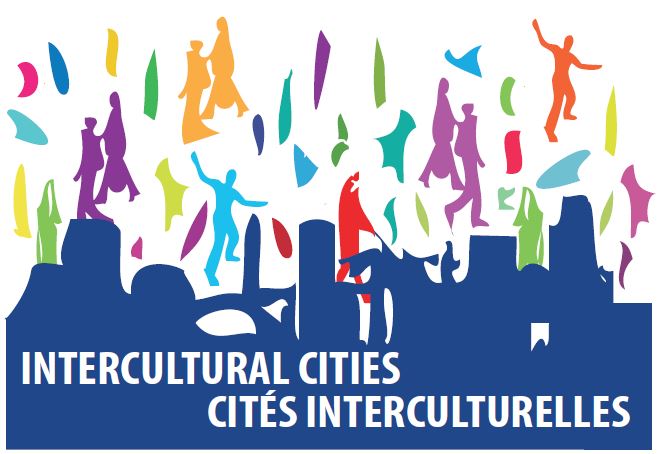The town of Riace was in danger of being consigned to the growing list of abandoned and dead villages in Calabria in the deep south of Italy. Most of its inhabitants had moved north in search of work – many to the car factories of Turin. But Riace lives and is thriving thanks to foreign immigrants, and the actions of one remarkable man.
Mayor Domenico Lucano first encountered refugees when a group of desperate Kurds tumbled out of a ramshackle boat onto a beach near Riace. Since then the region (and the nearby island of Lampedusa) have become inseparable from heart-rending images of people making the risky sea journey from north Africa in search of a new life. Sadly many of them have been warehoused into prison-like detention centres, and of thugs and mafia gangs terrorising those who try to make a living in the local fruit-picking industry.
But Lucano thought there must be a better way. If migration had brought Riace to the brink of extinction, then maybe it could bring it back from it too. He looked at Riace’s empty houses, ateliers and shops and decided they needed people in them, and it didn’t matter whether they were Calabrian or Eritrean, Syrian or Nigerian. By creatively re-using the government funds which are used to sustain refugees whilst they waste time in the camps, he has enabled many migrants to train in new skills or to develop those they already have.
The village now buzzes with artisans such as the Afghan women who is taking up the regional craft of glass-making or the Nigerian embroiderer who has learned skills passed down from local nuns. They receive €800 a month from the Italian state to support them in their activities. The village has even created its own currency (or tokens whose value is linked to the Euro), with pictures of Gandhi, Che Guevara and Martin Luther King, which migrants can use whilst they wait for Italy’s turgid bureaucracy to respond to the need for subsidy.
One should be under no rose-coloured illusions about Riace. It is still very much a work in progress and many of the refugees who arrive there are merely sojourners with a longer-term ambition of moving to northern Europe. And the sustainability of the local economy still rests heavily upon subsidy. But 200 new people have chosen to make it their permanent residence and the place where they want to start a family and a business and, in the context of Italy’s chronically shrinking Mezzogiorno, this is remarkable. It represents a confident alternative to both the hand-wringing impotence and aggressive fortress mentality, which have become Europe’s default positions in regards to migration of late.



